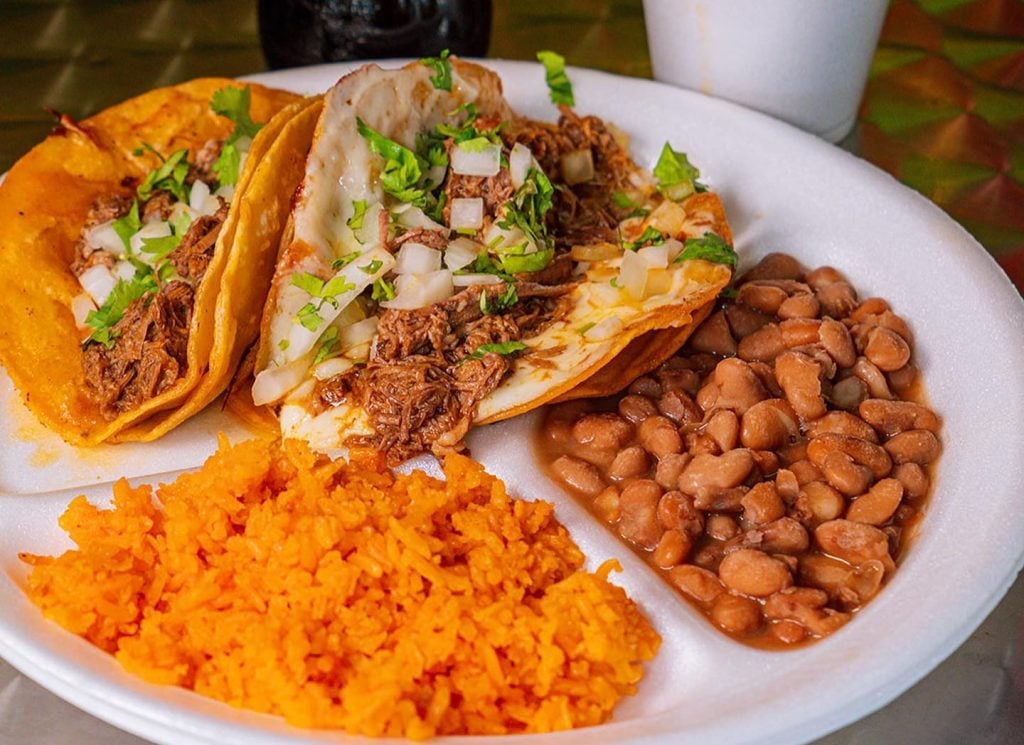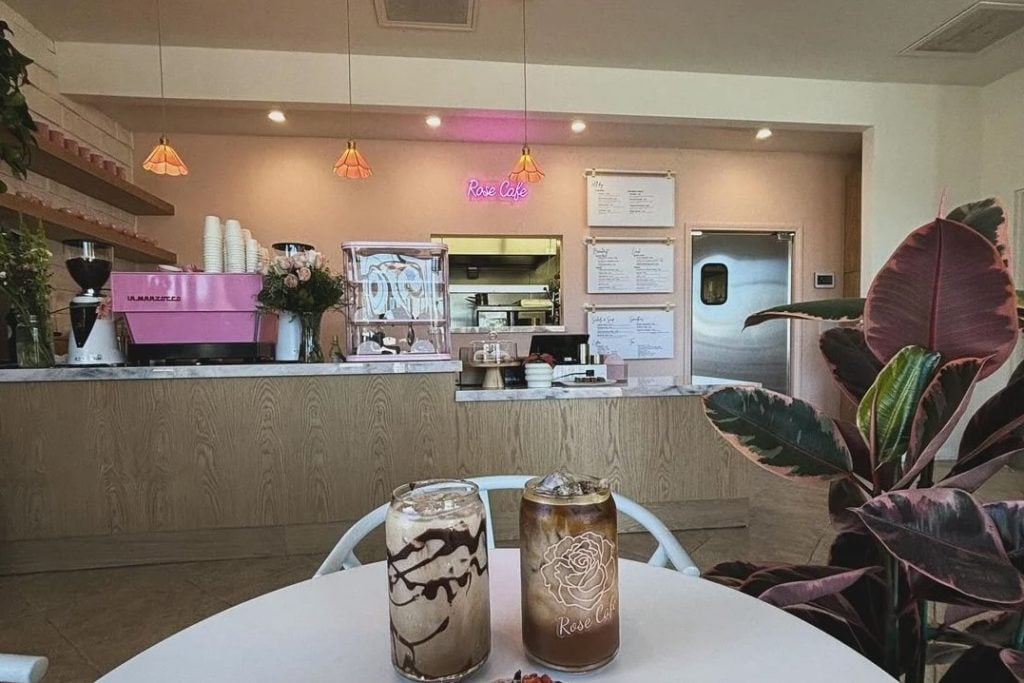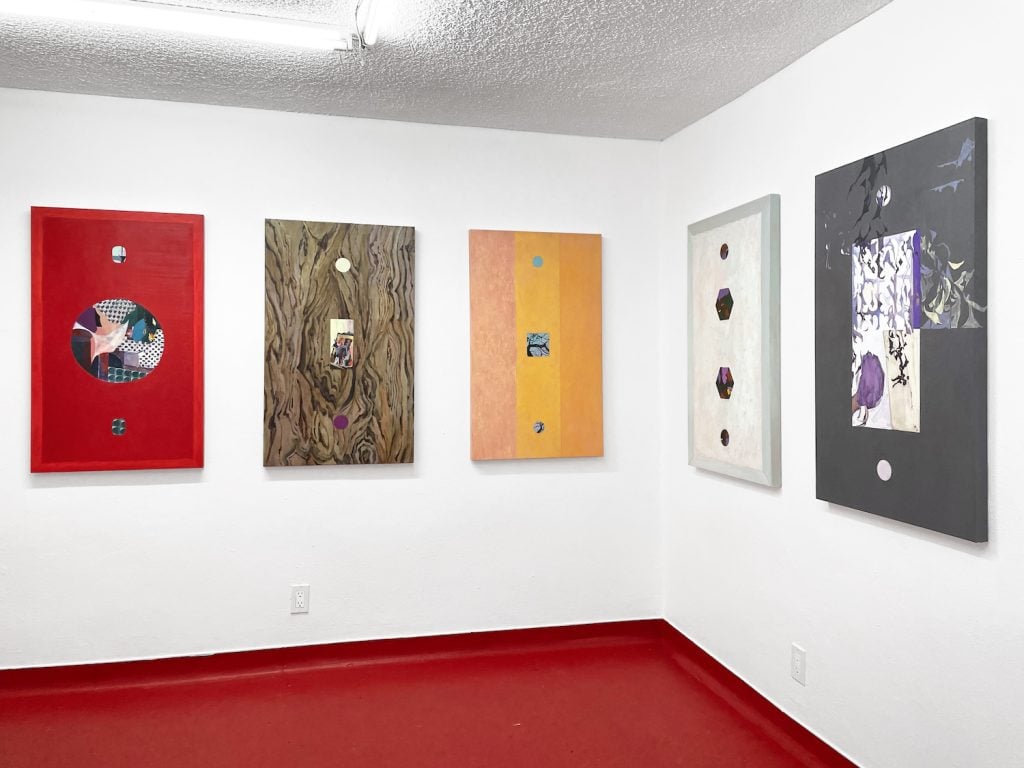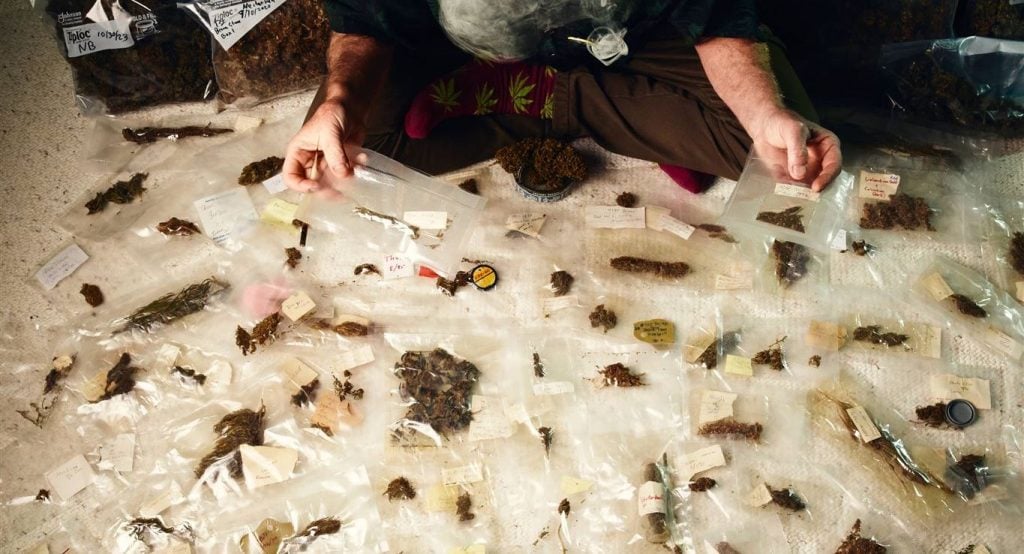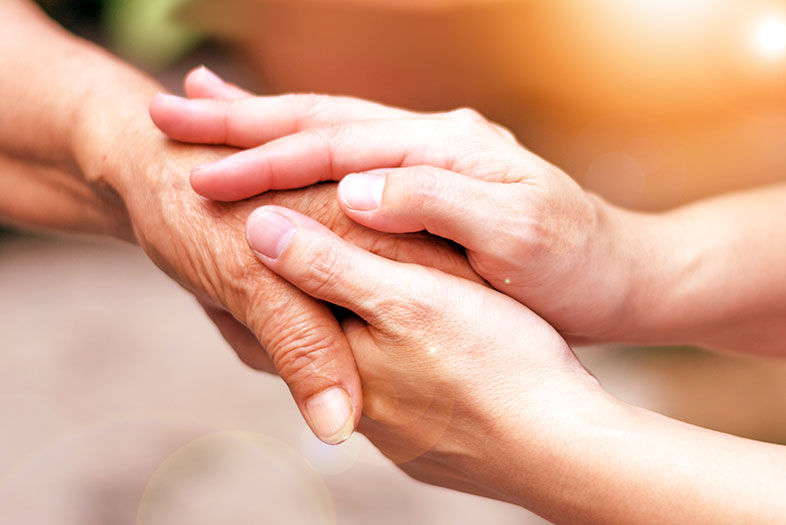Adeline Motta had always been social and talkative, a “chatterbox” who didn’t know the meaning of a short conversation, according to her son Rich Motta of Point Loma.
As her degenerative lung disease progressed, the 93-year-old great-grandmother wanted to live her final days at home surrounded by family. To keep from wasting precious breaths, her family suggested she use hand gestures to interact; a thumbs-up was sufficient to tell her young great-grandchildren that she was feeling okay.
Adeline was in hospice care through San Diego’s Hospice of the South Coast for about seven months before she died in August.
Rich says that hospice gave his mother invaluable time she might not otherwise have enjoyed, had she opted for treating her symptoms in conventional hospital stays, and that the nurses who visited were generous with their time, advice, and love for her.
“The closer that Mom got to the end, the more they shined. I can’t begin to thank them enough for their role in extending Mom’s life.”
Hospice is a sensitive topic in American health care. Doctors, patients, caregivers, and insurers have to decide what level of care is appropriate and for how long. Medicare covers most patients receiving hospice care in the US, at an estimated $15 billion annually. Hospice care also can be covered by Medicaid, by HMOs, and by some private insurance plans.
Hospice care is intended for terminal patients whose illness is expected to run its course within six months or less. It’s a specific form of palliative care, which in general aims to relieve pain and help patients manage their symptoms at home or in a health care facility rather than address the underlying cause of their illness. Hospice care can include counseling and caregiving guidance for patients and family members alike.
“The first thing to realize is all hospice care is palliative, but not all palliative care is hospice,” says Dr. Daniel Hoefer, chief medical officer for Sharp HealthCare’s outpatient palliative care program, Transitions, as well as an associate medical director for Sharp HospiceCare. “With all palliative care, our goal is to make sure the patient is as comfortable as possible. We ask, ‘What’s most important to you?’”
While a common fear is that patients will enter hospice too soon, National Hospice and Palliative Care Organization data suggest the median length of hospice service is just 17 days and that only 10 percent are in hospice for more than six months.
Hoefer says patients and doctors avoid hospice care for many reasons, from stigmas associated with end-of-life care to a reluctance by doctors to make time-based prognoses.
Of course, not all late-stage illnesses proceed as predicted, and not every family is comfortable with the idea of forgoing a cure.
Hoefer says most of his older patients prioritize quality of life over length, particularly if they can be at home feeling well.
“People don’t like the word ‘hospice,’” he says. “There’s a culturalism we have to get through. Most people aren’t afraid of death, but of the dying process.”
Hoefer says Sharp’s palliative and hospice programs seek to keep patients out of the hospital as much as possible, and to keep care consistent. “This is just compassionate care.”
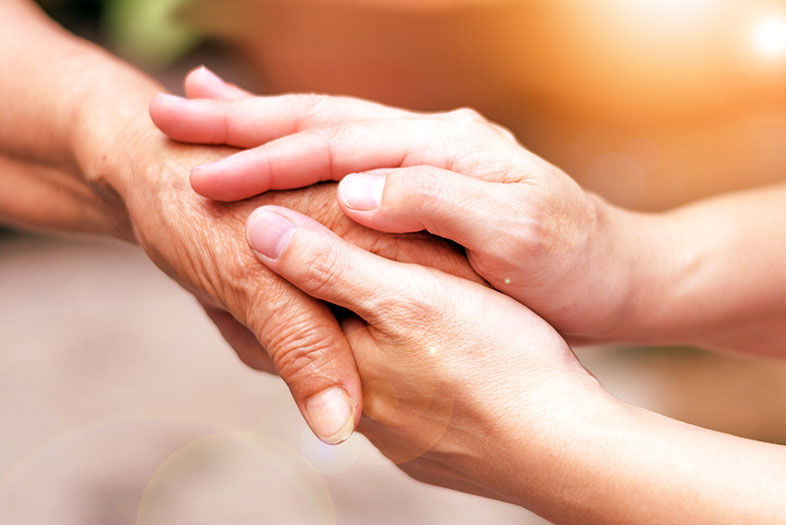
The Hospice Question
